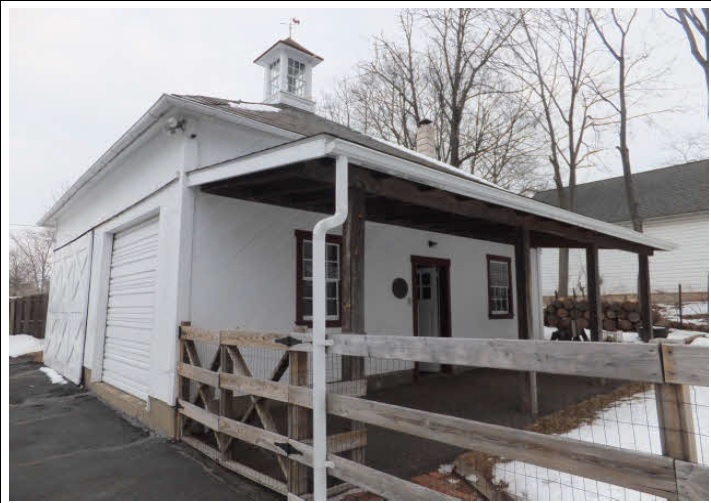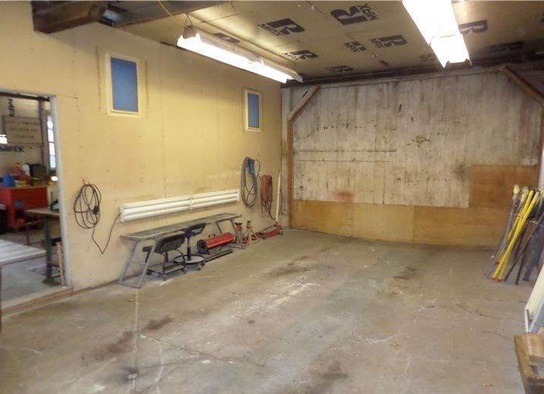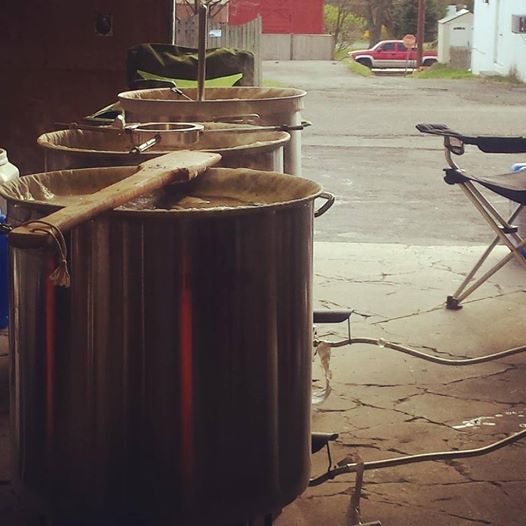- Joined
- Nov 24, 2018
- Messages
- 239
I purchased a "turnkey" CNC PM-25MV from ProCut CNC to make some parts that I had developed. There was much regret in that as the machine had to be torn down and reassembled properly before it was even usable. I will spare the details, just beware of their lack of pride if you choose to deal with them.
A Chinese PM1236 was also purchased (directly from PM) to aid in making said parts. With the exception of replacing some cheap hardware it has served me quite well.
Sales have slowed just shy of 2 years later, machines are paid off and they even put a new roof on my house. Now looking at about $6k surplus to put back into the hobby shop that basically built itself out of need. Now I would like to focus on what I actually want.
PM-25 CNC - Not as rigid as I would like. The column had to be shimmed to a compound angle to get it square, close to 1/64" one way and about .0025 the other way. After it was dialed in my only issue was the control/electronics being somewhat unreliable. KL5056 stepper drivers would alarm from time to time and shut down usually the X-axis motor and on rare occasions the Y. Those drivers have been replaced, and the alarming only happened once since Sept. Forgive me here, but I am basically an idiot with anything to do with controls/electrical ... I do not have anything profound to say here. In short, I would definitely want to incorporate servo motors in the future build (i.e. Clearpath SDSK). It has been tempting to just add them to my current setup, but I have resisted so far knowing my next machine would likely not use Nema 23 like this one does.
It is quite a capable machine, but I do not feel great about putting more money towards it when I could just start over with something more robust that will suit me for many years to come. As Matt has mentioned before, the PM25 is great for the price point, but it is still at a price point. My vision sees me starting with a better quality base machine.
The 833T-V and 728VT are prime candidates, but obviously there is more support for the 940M to aid me along at this point. I would look elsewhere, but as a professional moving into the hobby arena, I have to just stick with what I know at this point until more information comes along. My goal is to also use this mill for CNC lathe work, including threading ... so I would probably be better off grabbing a gear head to start with. Not sure if there is a way to control the stock spindles as you could an aftermarket VFD.
As for Chinese vs. Taiwanese quality, I work with several Taiwan made lathes and knee mills on a daily basis at my day job. If I am to draw any parallels from these anecdotes, going with a Taiwan machine will probably net me something that is actually square from the factory but will still have most of the same quality issues as its China-made counterpart. This has me leaning toward the 833T or T-V over the 940M.
It would be great to buy a conversion kit, where I do really want to focus my learning is on the controls and electrical end of things. There is MUCH for me to learn, and my goal will be to become somewhat educated on that end. Right now I am totally lost, haha.
Mach 3 also sorta drives me insane, so I would like to move toward either Acorn or LinuxCNC (most seem happy with those) and learn how to get that set up as I am foreign to both.
I would love to hear thoughts if anybody can help nudge me out of decision paralysis!
A Chinese PM1236 was also purchased (directly from PM) to aid in making said parts. With the exception of replacing some cheap hardware it has served me quite well.
Sales have slowed just shy of 2 years later, machines are paid off and they even put a new roof on my house. Now looking at about $6k surplus to put back into the hobby shop that basically built itself out of need. Now I would like to focus on what I actually want.
PM-25 CNC - Not as rigid as I would like. The column had to be shimmed to a compound angle to get it square, close to 1/64" one way and about .0025 the other way. After it was dialed in my only issue was the control/electronics being somewhat unreliable. KL5056 stepper drivers would alarm from time to time and shut down usually the X-axis motor and on rare occasions the Y. Those drivers have been replaced, and the alarming only happened once since Sept. Forgive me here, but I am basically an idiot with anything to do with controls/electrical ... I do not have anything profound to say here. In short, I would definitely want to incorporate servo motors in the future build (i.e. Clearpath SDSK). It has been tempting to just add them to my current setup, but I have resisted so far knowing my next machine would likely not use Nema 23 like this one does.
It is quite a capable machine, but I do not feel great about putting more money towards it when I could just start over with something more robust that will suit me for many years to come. As Matt has mentioned before, the PM25 is great for the price point, but it is still at a price point. My vision sees me starting with a better quality base machine.
The 833T-V and 728VT are prime candidates, but obviously there is more support for the 940M to aid me along at this point. I would look elsewhere, but as a professional moving into the hobby arena, I have to just stick with what I know at this point until more information comes along. My goal is to also use this mill for CNC lathe work, including threading ... so I would probably be better off grabbing a gear head to start with. Not sure if there is a way to control the stock spindles as you could an aftermarket VFD.
As for Chinese vs. Taiwanese quality, I work with several Taiwan made lathes and knee mills on a daily basis at my day job. If I am to draw any parallels from these anecdotes, going with a Taiwan machine will probably net me something that is actually square from the factory but will still have most of the same quality issues as its China-made counterpart. This has me leaning toward the 833T or T-V over the 940M.
It would be great to buy a conversion kit, where I do really want to focus my learning is on the controls and electrical end of things. There is MUCH for me to learn, and my goal will be to become somewhat educated on that end. Right now I am totally lost, haha.
Mach 3 also sorta drives me insane, so I would like to move toward either Acorn or LinuxCNC (most seem happy with those) and learn how to get that set up as I am foreign to both.
I would love to hear thoughts if anybody can help nudge me out of decision paralysis!
Last edited:





 )
)